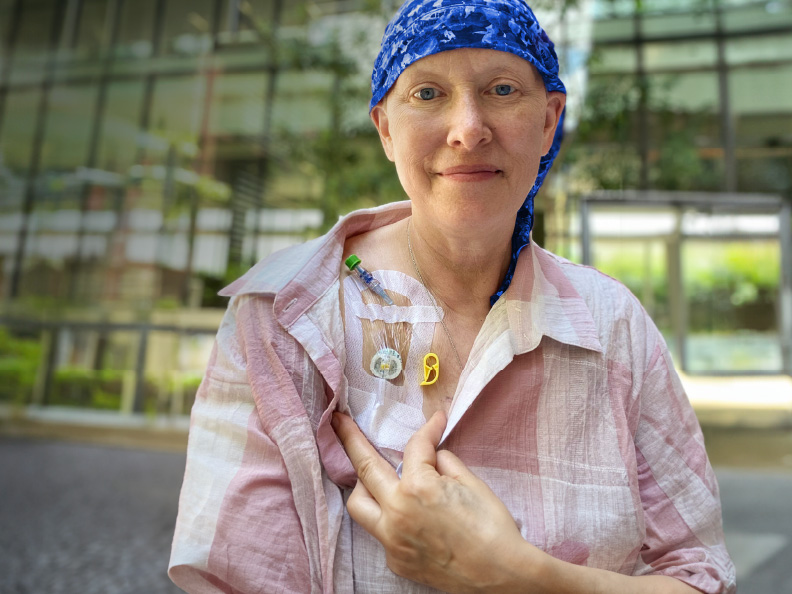Your gift is 100% tax deductible
Why Diversity in Cancer Research Is Needed
Diversity in science is critical because it invigorates problem-solving, drives innovation, and better equips the scientific community to address inequities that exist in cancer prevention, treatment, and care.
The lack of diversity within the scientific workforce is a known issue.
Careers in the health-related sciences lack diversity.
The National Science Foundation reports that certain racial and ethnic groups are underrepresented at many career stages in health-related sciences, particularly people from these populations:
- African American/Black
- Hispanic/Latino
- American Indian and Alaska Native (AIAN)
- Native Hawaiian and other Pacific Islander groups
Collectively, these groups are considered underrepresented minorities (URM) in science.
Glossary for Nonscientists
Featured Term: Underrepresented minorities (URM)
URMs in science include racial and ethnic groups that are particularly underrepresented across many career stages: African American/Black, Hispanic/Latino, American Indian and Alaska Native, and Native Hawaiian and other Pacific Islander groups. The ACS Diversity in Cancer Research (DICR) Programs focuses on racial and ethnic underrepresented minorities in health-related sciences.
URM scientists are less likely to get NIH grant funding.
There is a documented disparity in National Institutes of Health (NIH) grant application pools. Data from the NIH’s R01 grants, which serve as a catalyzing milestone in the careers of many research scientists, in 2013 and 2018 showed that significantly fewer applications were submitted from certain racial and ethnic groups. Specifically:
- Only 7% of applicants were part of an URM group.
- Less than 4% of applicants were Hispanic/Latino.
- Less than 2% of applicants were African American/Black.
At the American Cancer Society (ACS), URMs made up only 6% of applicants for research grants for the fall 2019 and spring 2020 grant application cycles. And only 3% of grant applicants were part of the Hispanic/Latino population.
Lack of Diversity in STEM
(Science, Technology, Engineering, and Mathematics)
Now is the time to increase diversity in the sciences.
There is a clear opportunity to improve engagement and inclusion for scientists whose racial or ethnic background is underrepresented in biomedical research.
Support is also needed to increase other populations identified by the NIH as being underrepresented in the health-related scientific workforce, which include:
- Women
- People with physical or mental disabilities
- People with experiences or situations associated with a “disadvantaged background,” such as living in a rural area or being in foster care
- People who have qualified for programs available in low socioeconomic environments, such as WIC (Special Supplemental Nutrition for Women, Infants, and Children), free or reduced lunch, and Pell grants.



